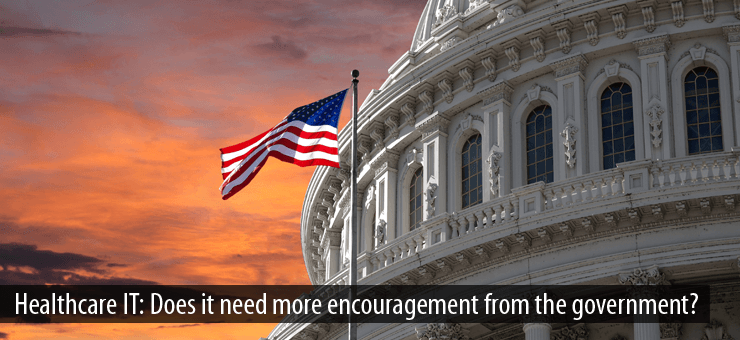The Federal government seems increasingly concerned about the cost of healthcare, which has been on the rise for the last fifteen years, when the Medicare and Medicaid programs were launched. In the 1970s, the Nixon administration decided that the healthcare system was in a crisis and needed sweeping changes. It expanded the number of Health Maintenance Organizations (HMOs) from 30 to 1,700 in just five years and enrolled over 40 million people by 1976.
However, there were no comprehensive healthcare financing reforms, and healthcare costs continued to rise rapidly. National healthcare spending, which was $40 billion in 1970, rose to $400 billion in 1985. Just the Medicare and Medicaid programs were receiving funding from the federal government to the tune of $90 billion in 1985. Comprehensive changes were needed to bring the costs under control, but it has largely remained uncontrolled.
Powerful economic, political and cultural forces are all needed to formulate a comprehensive healthcare policy, but as the last fifteen years have shown, it is a very tough task.
The advent of, and the steady advancement in Health Information Technology (HIT), has allowed the government to hope that the cost of healthcare delivery can be controlled. This is the reason why the current Obama administration is doing all it can to implement a comprehensive healthcare policy. Obamacare along with the proposed Accountable Care Organization (ACO) model works towards saving costs of care, and creating a sense of shared profits and losses between the entities involved in it.
The model is supported by the government incentive schemes, which allow eligible professionals and eligible hospitals to show meaningful use of patient data in return for bonus payments. This is only possible if the healthcare providers are using Electronic Health Record (EHR) software, as per the government directives. They need to meet certain criteria set by the Office of National Coordinator (ONC), and show that they are eligible to receive incentive payments. The government has also allowed some regulatory flexibility to hospitals, providers and physicians for implementing newer and better EHR systems, which are able to attest for Meaningful Use Stage 2, something which will become the benchmark come October 2014.
The implementation of Healthcare IT nationwide will serve as a great tool to reduce costs associated with healthcare delivery, and to make it easy to share cross-practice clinical data.
The government also plans sequester cuts for the healthcare industry next year in the hope to ease the burden on the national budget. On the other hand, it is also conducting various types of research, in coordination with the HHS, in order to assist in health policy analysis.
The billion-dollar healthcare industry is potentially facing an increasingly contentious process for dealing with healthcare costs. Does the industry need more encouragement from the government? To some extent it does. However, efforts must be made to ensure costs associated with delivery of healthcare are reduced gradually, and in a systematic manner. The implementation of nationwide information technology systems, to assist the healthcare industry, will surely save hundreds of thousands of dollars, and create better value and quality of services for the people.

Join the Discussion!